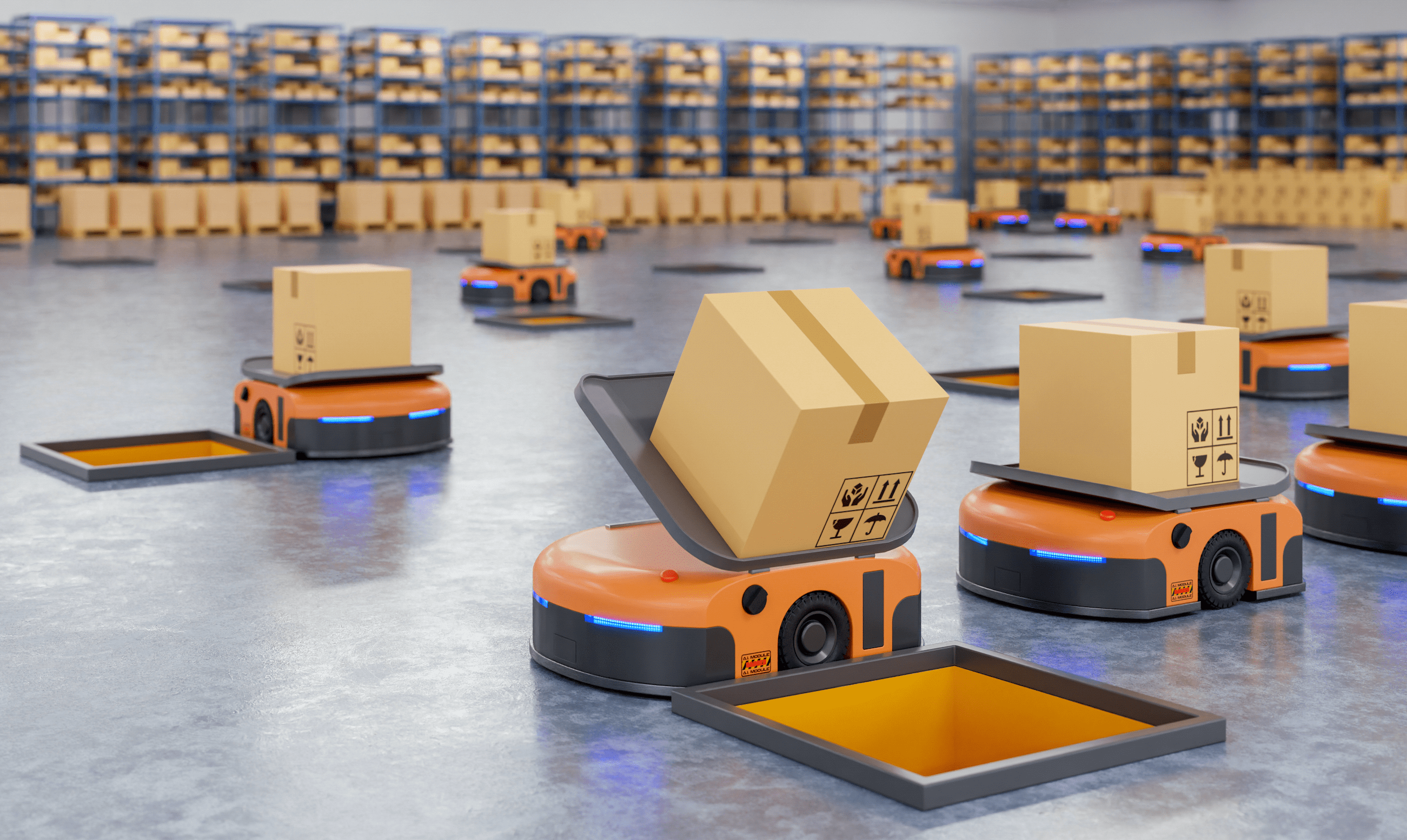Application & Technology Trends in Mobile Robotics
Labor shortages and worker safety concerns are rapidly driving the adoption of automation solutions in dozens of industries. Automated Guided Vehicles (AGVs) and Autonomous Mobile Robots (AMRs) are solving important and complex challenges worldwide. There are a number of drivers to consider as developments accelerate.
Current trends in mobile robotics
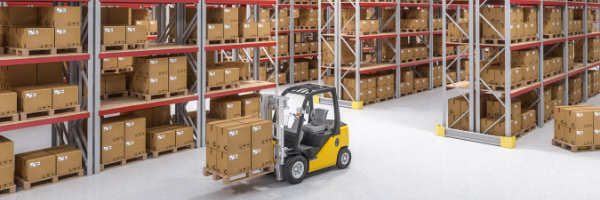
Companies face continued labor shortages, especially for highly repetitive and manual roles. Automated and autonomous machines can reliably off-load most manual tasks from human workers, freeing them up for higher value-add tasks.
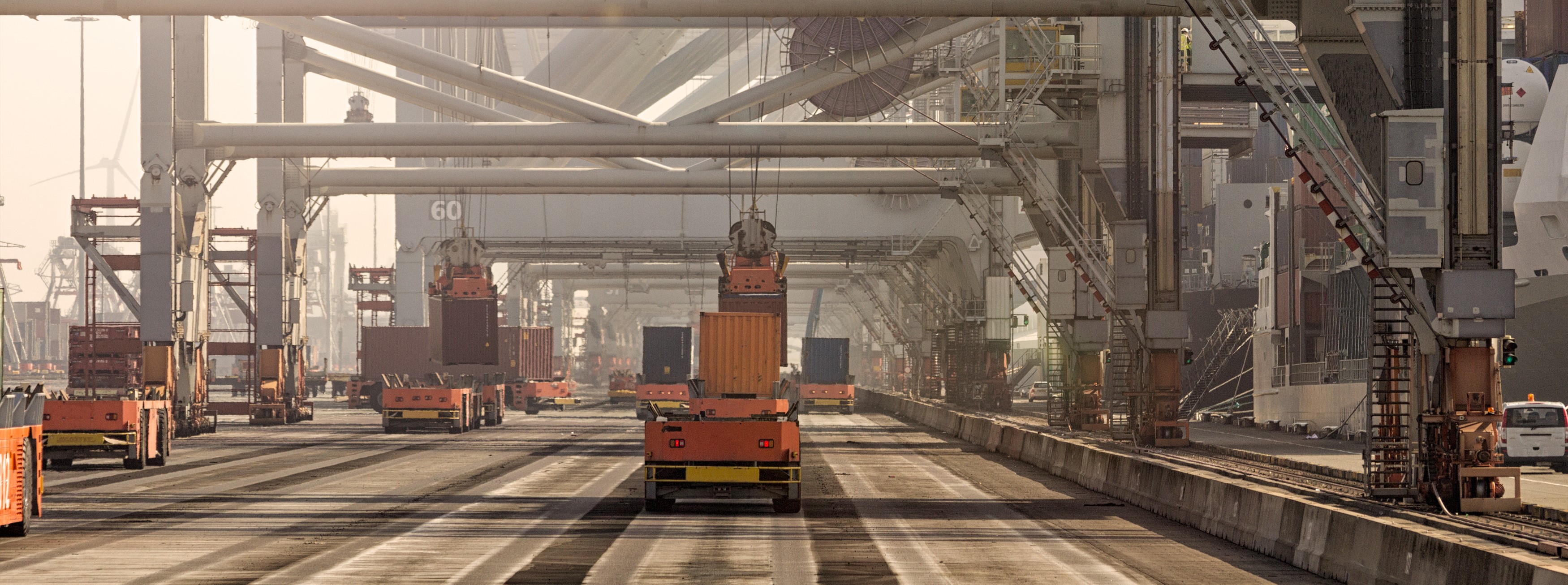
Worker health and safety considerations are driving the implementation of more automation. Heavy lifting jobs, repetitive tasks that can lead to injury, boring tasks that lead to inattention and accidents, and jobs that unnecessarily expose staff to illness are all ripe for automation. Mobile robots are constantly vigilant at preventing collisions within a facility.
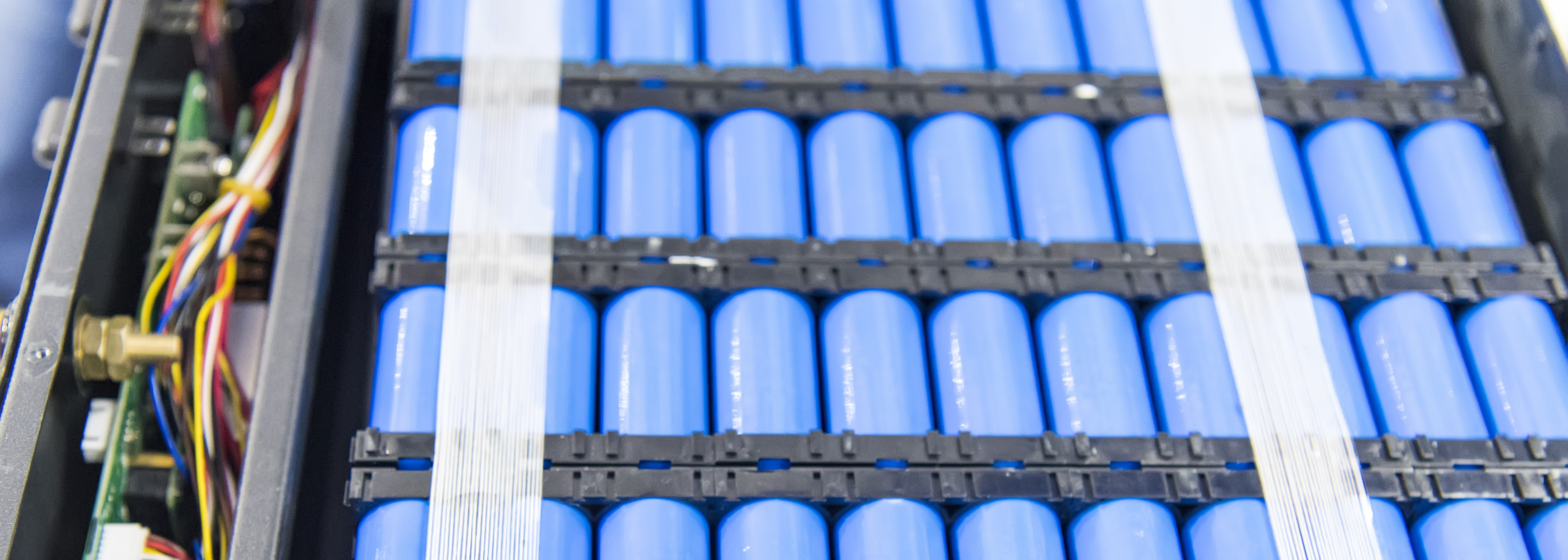
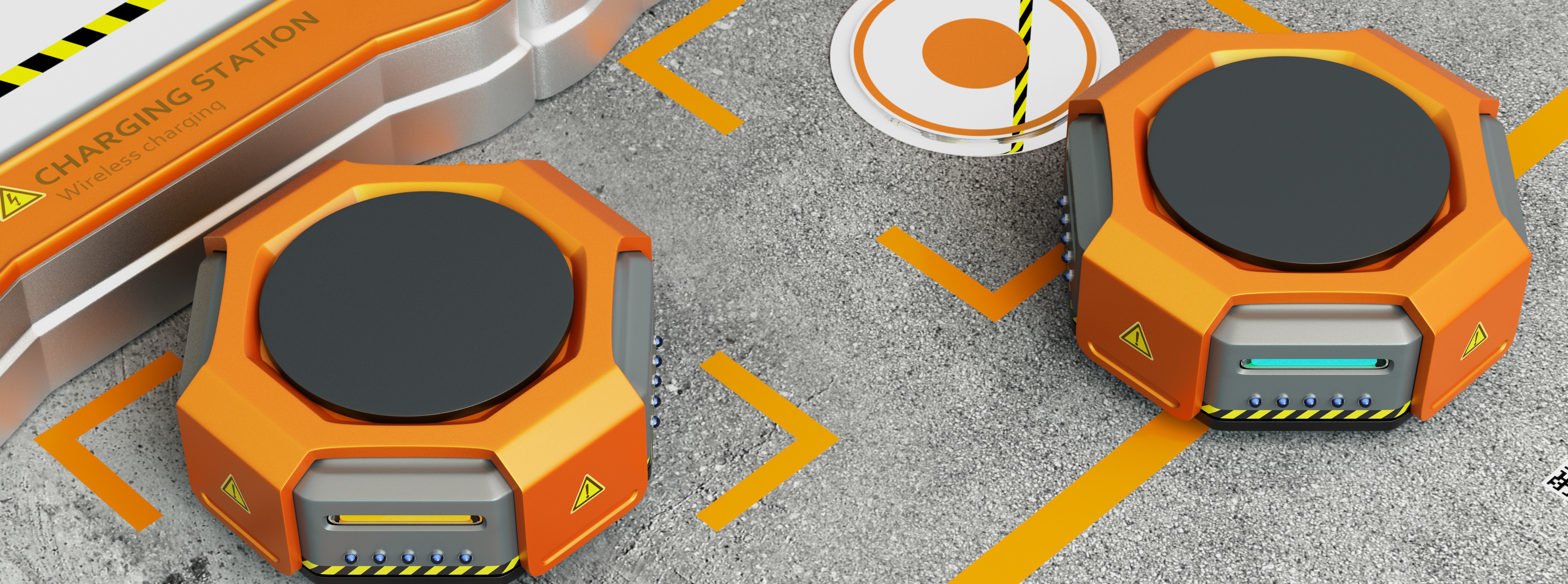
Automating the process of recharging is important in building a lights-out warehouse. AGV and AMR vehicles can be programmed to return to physical or wireless inductive charging stations to quickly recharge and return to operation.

Telematics solutions provide fleet management information to the equipment operator across all of their assets, helping maximize productivity, schedule routine maintenance, prevent equipment failure, and adjust how human and mechanical resources are deployed.
Differentiating AGV from AMR
The fundamental difference between an AGV and AMR is their level of intelligence. Both enable some automation, but an AGV obeys basic orders to move according to a pre-assigned route and avoid hitting obstacles. When met with new or unexpected scenarios, an AGV is less capable of adapting in a versatile manner like an AMR. An AMR beats an AGV in its capacity to learn and adapt to new situations, such as replanning its route after meeting with an obstacle and using these experiences to improve future efficiency and accuracy.
Because AGV systems are simpler, they are also generally less expensive to acquire. However, the necessary guidance system requires greater installation cost and time. Where flexibility and changes are needed over time, an AMR system may prove more economical in the long run.
AMR solutions are more sophisticated, using sensors, processors, and navigation algorithms to move around a facility without the need for physical guides. AMR systems generally read their environment and operate dynamically based on inputs. They can adjust their routes based on obstacles and learn how to improve their operations over time.
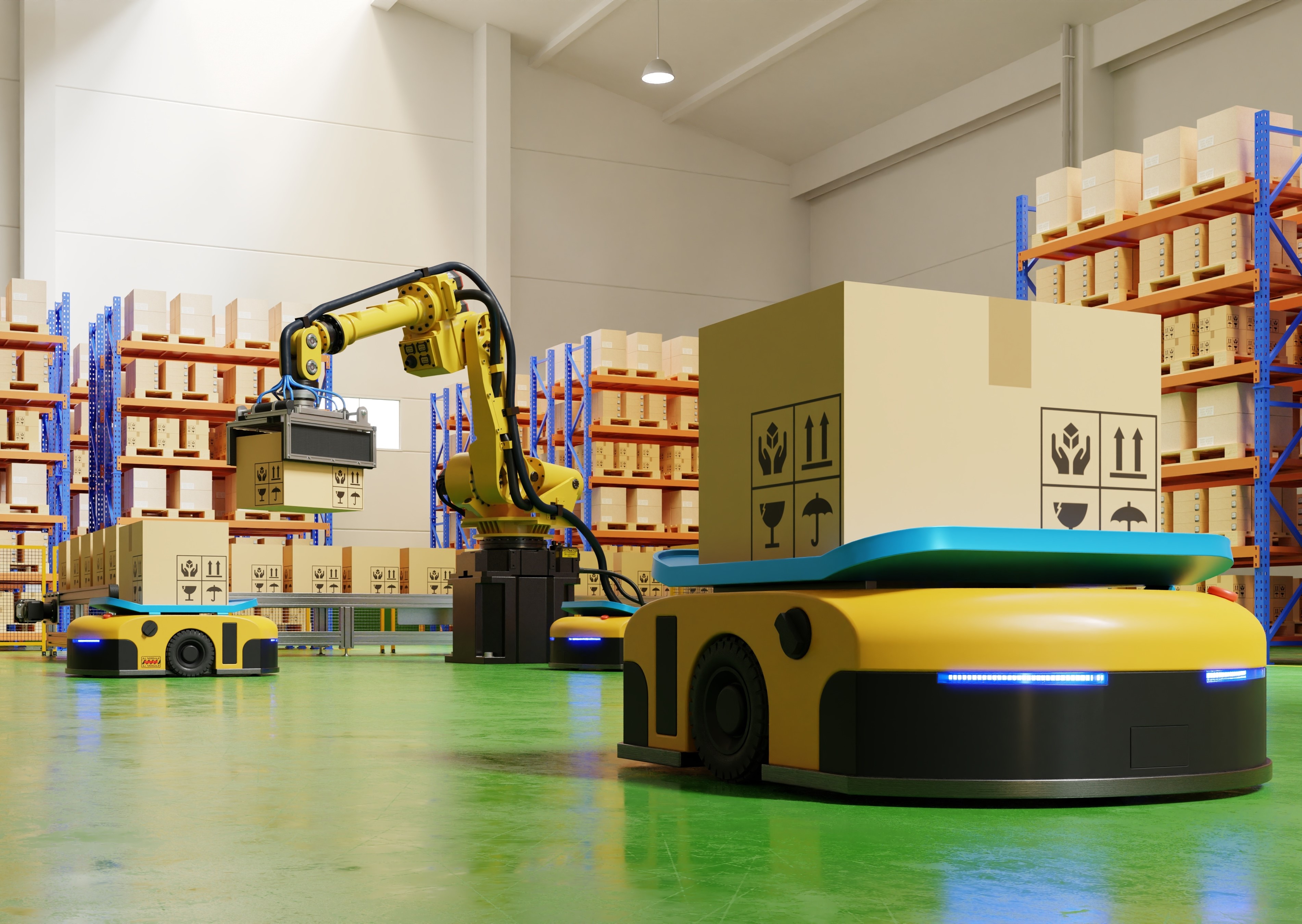
Current and future applications for AGVs
Vehicle and robot designers will have an unending series of industries to automate over the next twenty years. Acceptance of automated and autonomous vehicles will expand from industry towards the consumer. AGVs are safe — but must be carefully and professionally implemented. Some observers see AGVs remaining as a viable alternative, perhaps combined with on-board autonomous robots to execute specific activities.
AGV solutions are widely deployed in warehouse and manufacturing environments in industries like automotive, food and beverage, pharmaceuticals, packaging, and printing. Investment in fixed guidance systems can quickly pay back for operations with a high level of easily defined repetitive tasks from inbound materials receiving, through picking and replenishment, to outbound shipment.
Current and future applications for AMRs
Most observers predict that AMRs are the technology of the future and will be able to replace AGVs in all applications over time.
AMRs can be used in a wider range of industries because they are generally more flexible in how they operate and interact with or react to their environment. They are or will be deployed in these applications and more:
- Stock picking in a warehouse or e-commerce fulfillment center
- Disinfection tasks in a hospital
- Moving medical supplies and test samples throughout a hospital or lab
- Floor sweeping and scrubbing in any building
- Lawn mowing in commercial or residential areas
- Security tasks like patrol, observation, monitoring, investigation, and detection of intruders
- Last-mile delivery of e-commerce packages
- Evaluating inventory levels and validating pricing in grocery stores
- Room service and cleaning supply delivery for hospitality operators
Multi-purpose robots can automate two or more tasks at once and save even more money – imagine a floor scrubber in your local grocery store actively scanning your shelves for inventory management while it also cleans your floor.
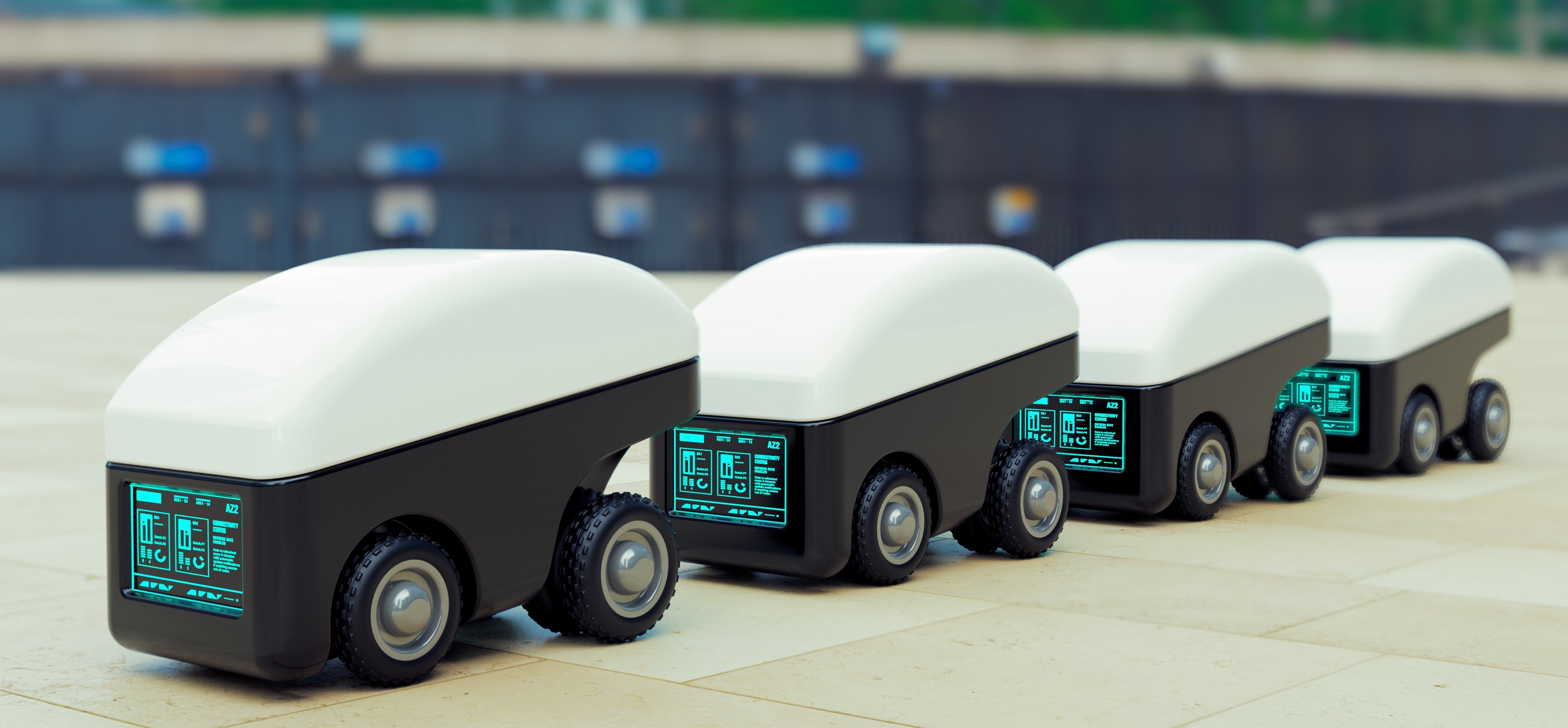
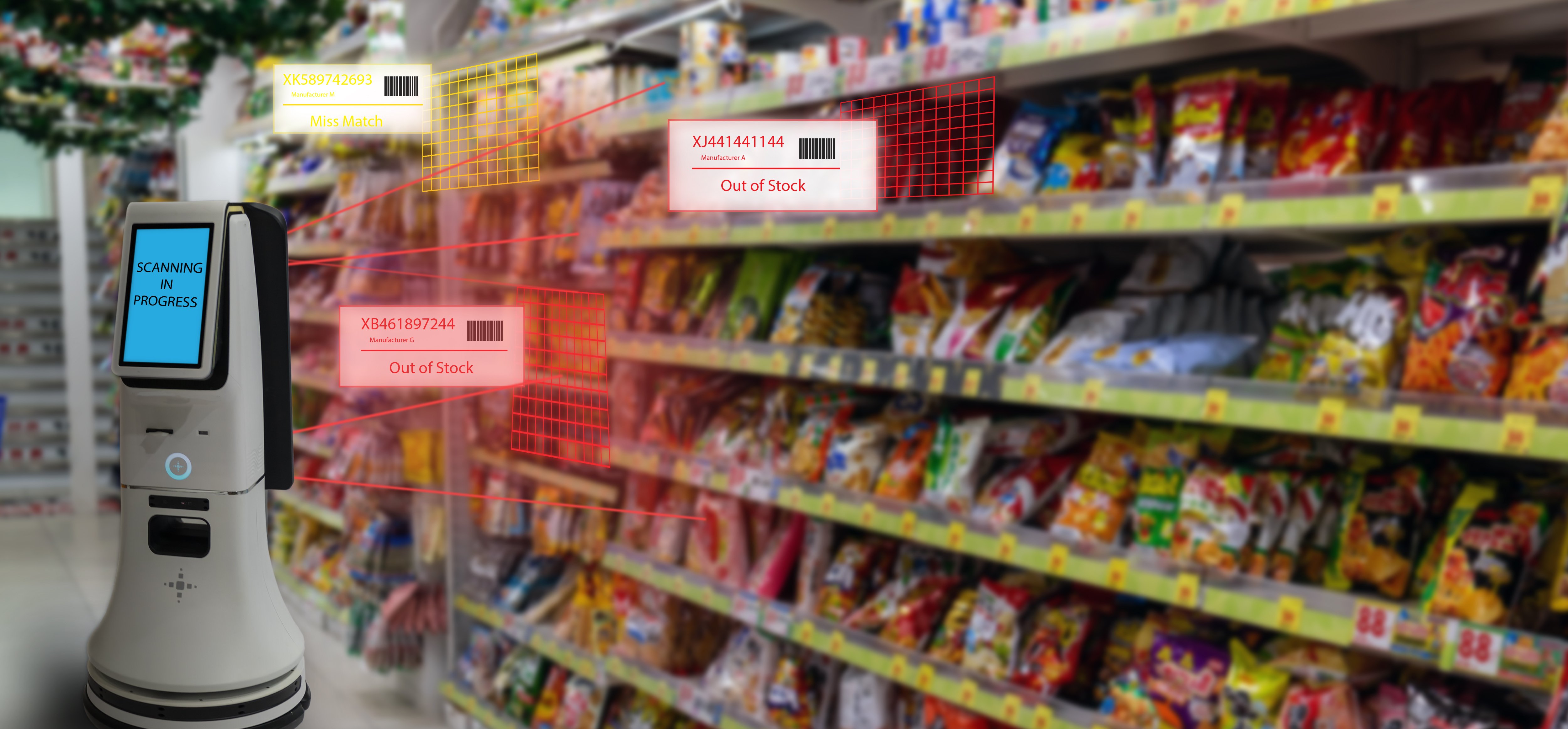
Charging system options
It’s more than just volts and amps. Incorporating the right battery charger solutions for individual machines or fleet operations is an important design consideration. Returning energy to batteries in a safe, appropriate, and efficient way requires a deep understanding of how batteries react to charge and discharge. Lithium batteries require Battery Management Systems to ensure safety and CAN bus communications provide significant operational benefits.
- Most often, offboard charging is provided through a docking station at central or distributed locations throughout the facility, with high-power battery chargers quickly providing substantial energy to lithium battery packs on a rotating basis. Guided by the telematics information that is constantly collected, individual machines requiring energy are pulled temporarily out of service and routed to a docking station for recharge.
- Onboard charging makes sense for equipment that is operating less than 24/7 or where there is a 1:1 ratio of machines to chargers. This may be likely for single or two-shift warehouses with AGV forklifts, or for floor care machines that clean facilities overnight and recharge during the day.
- Battery swapping may be an attractive option in the heaviest duty cycle scenarios – where the equipment can’t make it through its daily operations on a single charge and can't be removed from service long enough to charge.
About Delta-Q Technologies and Zapi Group
Delta-Q Technologies is charging the future and driving the world’s transition into electric energy! We collaboratively design, test, and manufacture robust battery chargers that improve the performance of our customer’s electric drive vehicles and industrial machines.
As the supplier of choice for Tier 1 OEMs, we use our values, perseverance, and engineering expertise to guide our customers through the electrification process for a sustainable world.
We're also part of the Zapi Group, a global leader in electronic speed controllers and associated products for battery and hybrid-powered electric vehicles.
Headquartered in Vancouver, Canada, Delta-Q’s team and distribution spans five continents to service industries such as electric golf cars, lift trucks, aerial work platforms, e-mobility, floor care machines, utility/recreational vehicles and new markets, like outdoor power equipment.
Some of our customers



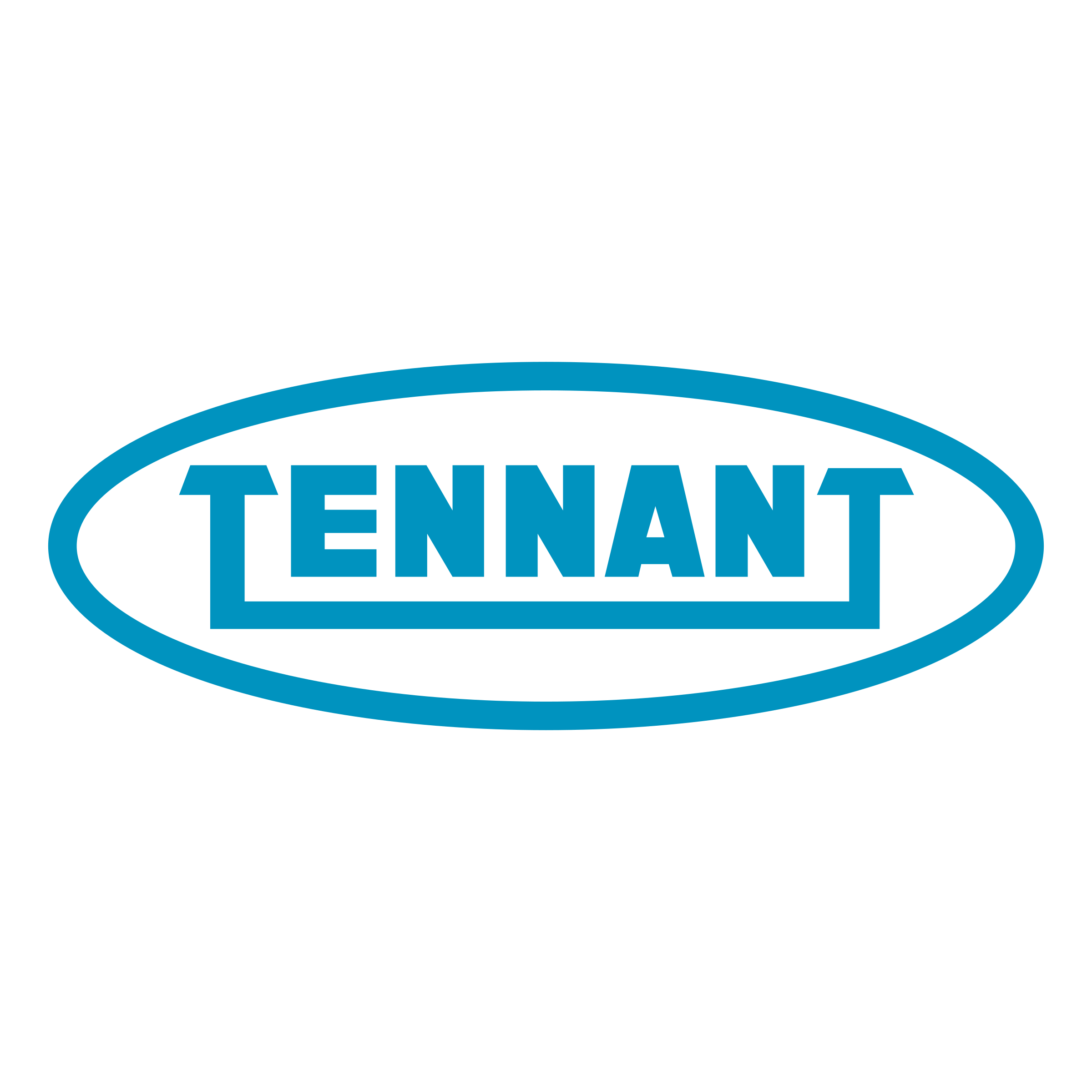
Some of our battery partners
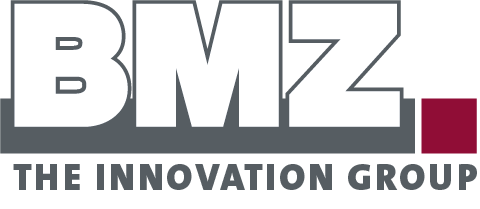

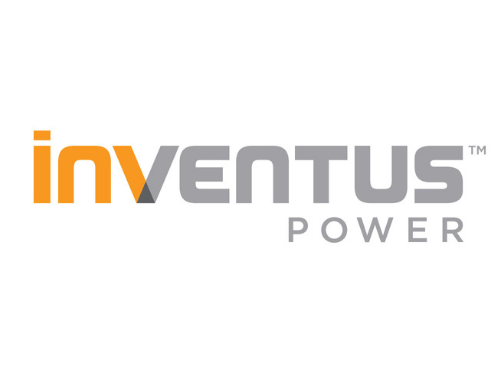

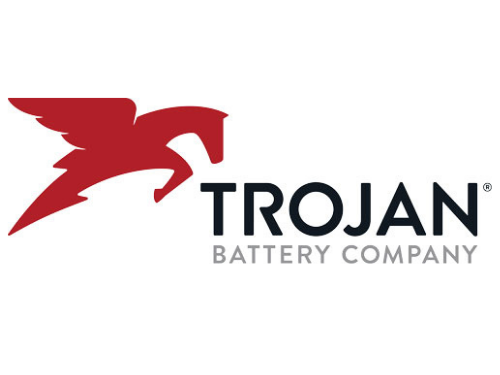

“Our partnership with Delta-Q Technologies has come with great success! We're pleased with the results and the positive responses from our customers since the integration of their chargers onto our NexSys® PURE batteries.”


